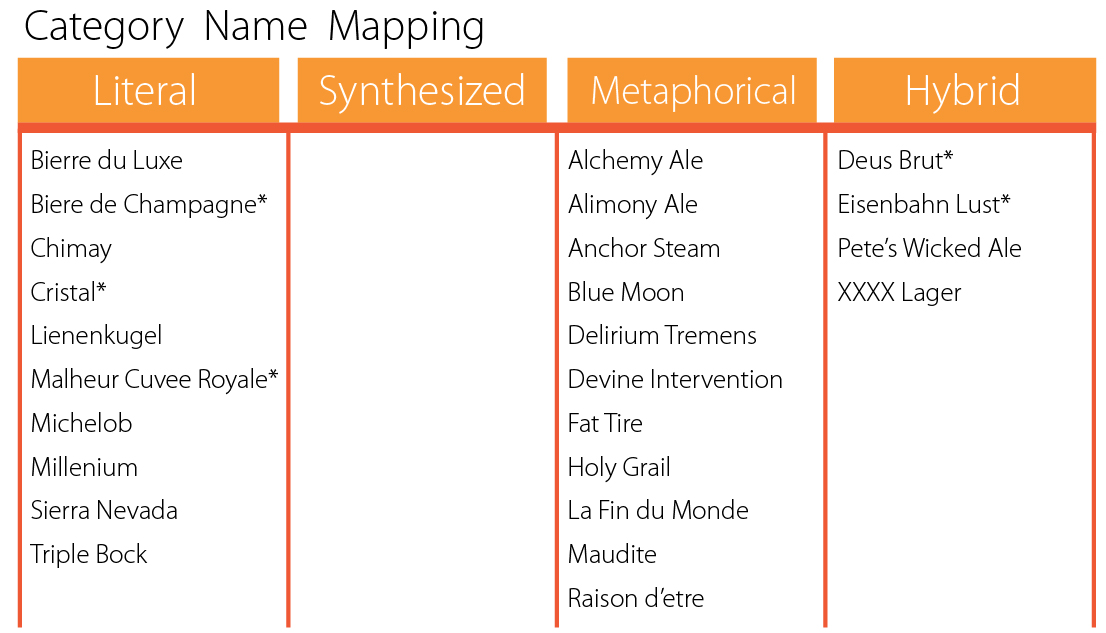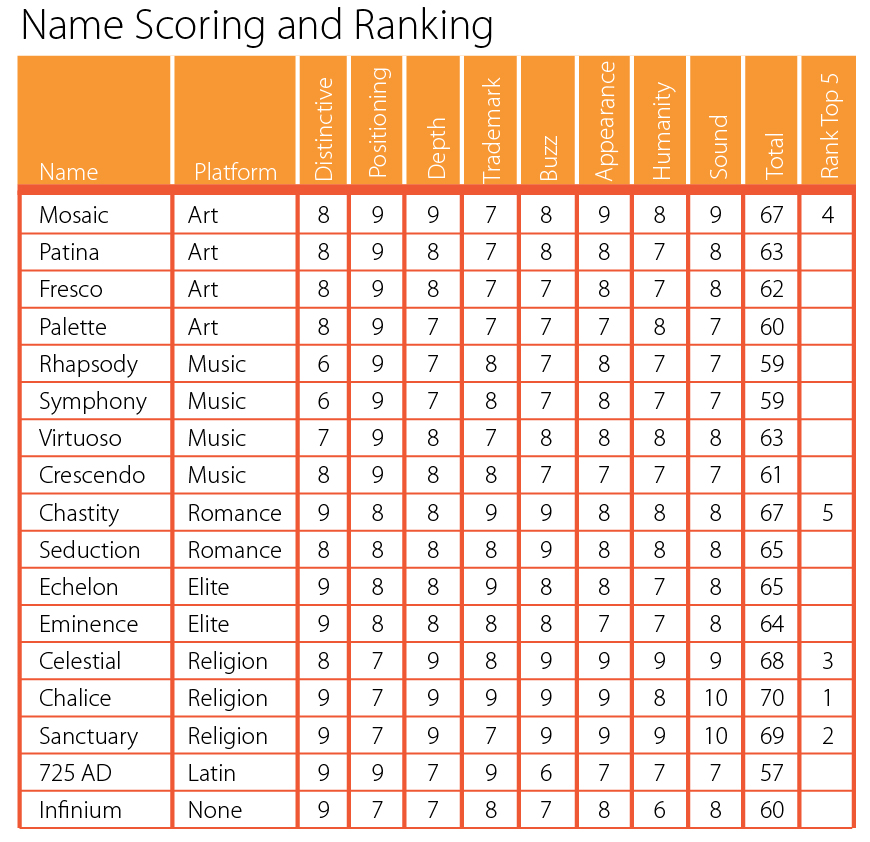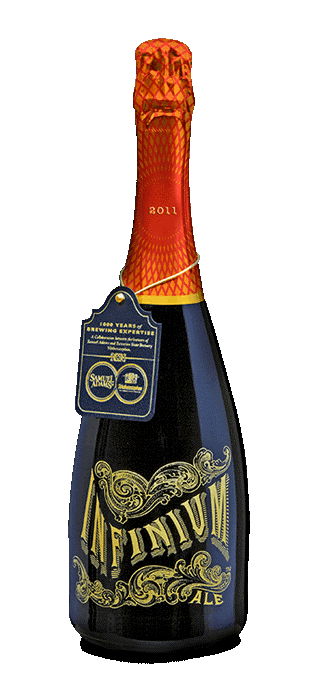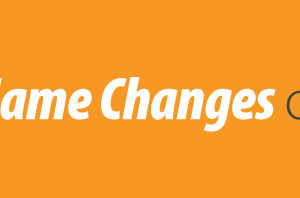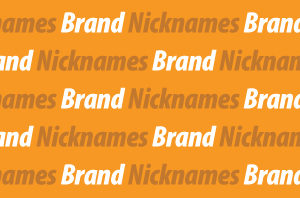
Following is an insiders view of the brand name development process for a new consumer brand—specifically a new, specialty microbrew from Sam Adams Brewing, now the largest brewer that is based in the United States. So sit back, crack open a brew and enjoy.
Developing a brand name for a beer is tricky because of the sheer number of competitor brand names (and trademarks) that of course must be avoided, while creating a name that reinforces the desired brand positioning, image and tone. An ideal brand name is simple to understand and memorable. A great brand name creates consumer excitement and media buzz.
The year was 2008, a full 14 months before the October 2009 announcement of a joint-venture between The Boston Beer Company (Sam Adams) and Germany-based Weihenstephan, the oldest operating brewery in the world. And more than 2 years before the first shipments of the beer in December of 2010.
Assignment: to create a brand name for a new specialty, champagne beer that leverages the popularity of Sam Adams, and uses an ancient recipe from Weihenstephan, once a Belgium monastery.
Key Considerations:
- Added ingredient costs (champagne yeast), will require a significant price premium (suggested retail price of $20 per 750 ml bottle), and thus require an upscale position
- Champagne-type beer is relatively unknown, requiring clear and simple communication, defining a new category
- Contrary to the typical beer demographic (18-30 year old male), the champagne and fruit flavor is likely to appeal to females at a higher rate than other craft/microbrew beers (both genders will share demographics of urban, educated, sophisticated)
- Secondary considerations are extendability of brand name to other products, e.g. master-brand, sub-brand and descriptors; and how the brand name fits with sister brands (Sam Adams limited release beers include Millenium, Utopias, and Triple Bock)
Category Naming
As mentioned, naming a new beer is difficult because of the large volume of competitors, not to mention, languages. Nevertheless, to avoid possible trademark disputes, we absolutely have to identify competitor names, while evaluating the category strategically, including the mapping of brand name types (for a description of name types, link here). For the IDeas BIG naming process, link here.
No question, the majority of the high volume, premium beer brand names are literal in name type, most often based on family names, brewery name, city, beer type or a hybrid combination (Coors, Budweiser, Miller, etc.).
However, the craft and champagne beer market segment has brand names across 3 of the 4 name types: Literal, Metaphorical, and Hybrid (not Synthesized). Following are some of the craft and champagne brand names categorized by name type:
One of the most successful microbrews, Blue Moon, uses a metaphorical name type, while Champagne beer names tend to use wine references.
So what are some of the keywords and positioning platforms we used to generate brand name candidates for this new Champagne beer?
- Art
- Music
- Latin/Roman
- Tradition
- History
- Royalty
- Bavaria
- German
- Wine/Champagne
- Luxury
- Sophisticated
- Elite/Superior
- Taste
- Religion
- Romance
- Rare
We did receive client feedback on the positioning platforms, with the top 3 ranked:
- Art
- Music
- Latin/Roman
The Latin/Roman platform was strange feedback given that the Champagne beer was a Bavarian (German) recipe. The client also mentioned the importance of buzz potential, which elevates the Romance and Royalty platforms as more buzz-worthy than others.
Our proprietary Name Optimization™ process ranks name candidates on 8 criteria including: Distinctiveness, Positioning, Depth (of meaning), Trademark (availability), Buzz (potential), Appearance, Humanity, and Sound. Following are some of the top-ranked name candidates, along with a client-generated candidate (Infinium):
In addition to over 300 name candidates generated, a number of keywords associated with wine and Champagne were identified that while not great brand name candidates, could serve as descriptors that communicate the Champagne aspect of the beer including Brut, Cuvee, Dom, and Domain.
Following is our Trademark and Domain Screening chart for top ranked brand name candidates, and the client supplied brand name:
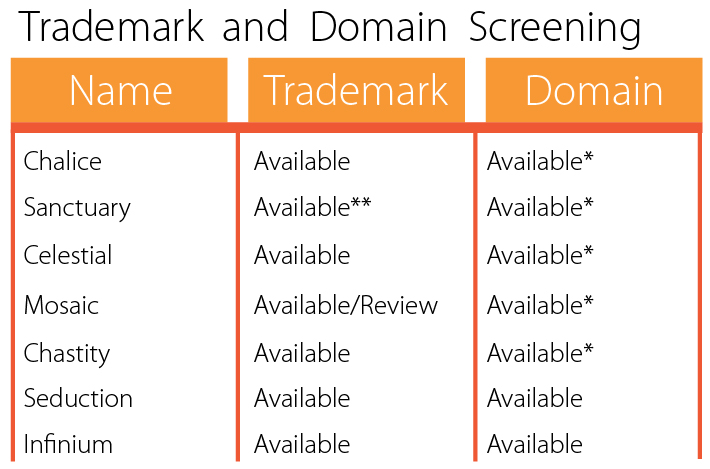
*Domain Name available as a variation
**Santuary brand name being used by Full Sail Brewery, Oregon, but not a registered trademark
A Beer is Born
After more than 2 months, over 300 name candidates, 16 platforms, and lots of empty beer bottles, our final report was submitted to Sam Adams. Like many brand naming assignments, the final selection can be surprising.
Despite our training regarding name types, and the problems associated with synthesized names (having no meaning, requiring lots of advertising to educate consumers, and more), the client selected it’s own candidate, Infinium. A hybrid name of synthesized and, perhaps a metaphor reference to infinity. As mentioned earlier, Sam Adams had a limited release brand Millennium, which of course rhythms with Infinium. Neither brand was registered as a trademark, and neither is currently brewed, despite attractive packaging (below). If only they had selected our recommended brand names, we could still be toasting today!
Please comment and share this blog, and please don’t drink and create brand names.
2 Comments
Pingbacks
-
[…] Related: Beer Naming Case Study […]
-
[…] with better names, logos, packaging, and more. Learn more about what we do, learn more about our experience in the beer industry and in protecting trademarks, and get in contact with us for more […]

